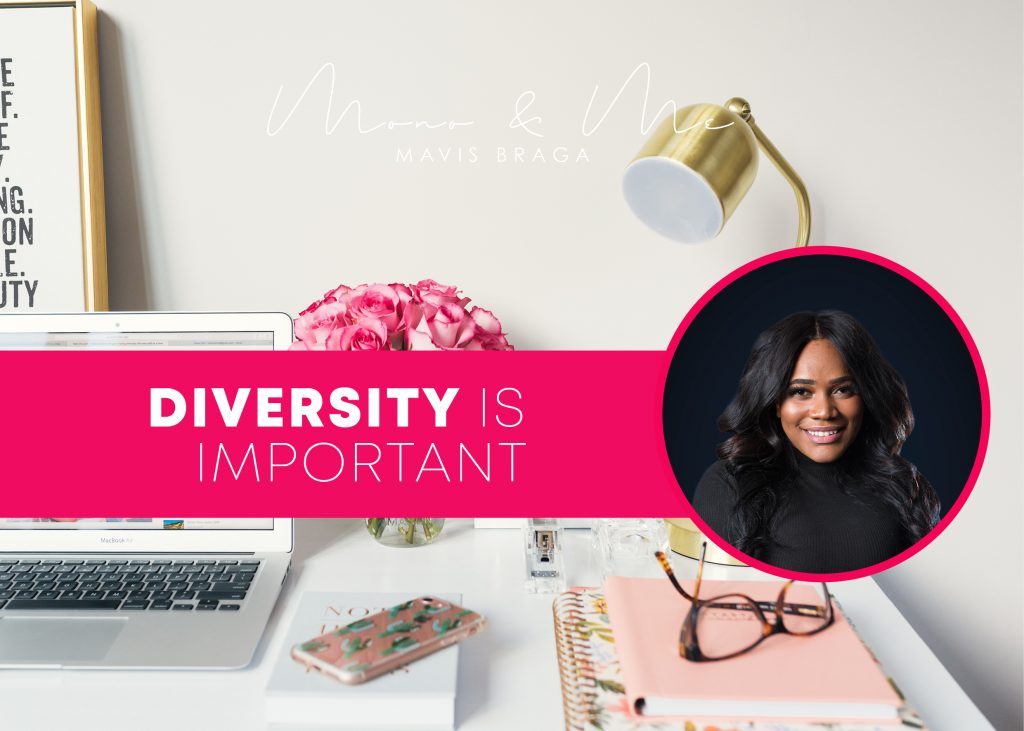There was a day I came across a lovely little girl. I was visiting with a friend who knew her mother, and immediately took to the precious little girl. In no time she got comfortable and started chatting to me. She was in a headwrap towel, from a hair wash as I learnt from her mother. At some point she got agitated and insisted her mum remove the towel and that her hair dry and they could style it later. I was amazed at the length of her hair and commented on how long it is, and that she looks like a barbie doll. She looks at me with confusions, looked at her doll and goes on to say, “no, I cannot look like a barbie doll, because barbie dolls have long straight hair.”
It broke my heart as it dawned on me that she did not believe she could be like something simply because she had never seen anything like herself in the dolls she plays with. She has black kinky hair, the barbie dolls she has does not. She has dark skin, the barbie dolls she has does not. Granted, we are now living in an era where industries are creating barbie dolls that look like the native African child. However, majority of children play with a barbie doll that has silk, blond hair and fair skin. This then develops a mentality that only blond hair and fair skin qualifies one to look like a barbie doll.
This is one example, of a child that grows up believing she cannot be something, simply because she has never seen anything like it before.
Diversity is defined as a range of different things by the oxford dictionary. A child born in different parts of the world should be exposed to different, while understanding that what they are may be different, but it exists. This means not highlighting one type of different as the standard. To know that regardless of what you look like, you are able to enter into different professions, be different things and aspire to be different.
When we speak about diversity that matters, it is not skin deep. It is not just another hashtag that demands to be heard, it is a real-life issue. A child can be robbed of their dreams, simply because they have never seen a woman go to the moon. Not because women cannot be astronomers, but because of the 24 men who went to the moon, they have never seen a woman go to the moon. A child can grow up believing that civil engineering is a male field, if they do not see woman like themselves, become engineers. Suggesting that we highlight inclusivity and representation and leave the conversation of diversity for a later stage creates a misnomer.
In understanding the importance of inclusivity and representation, the conversation of diversity should happen simultaneously and not in isolation.
What are your thoughts?
Tweet me @MavisBraga



